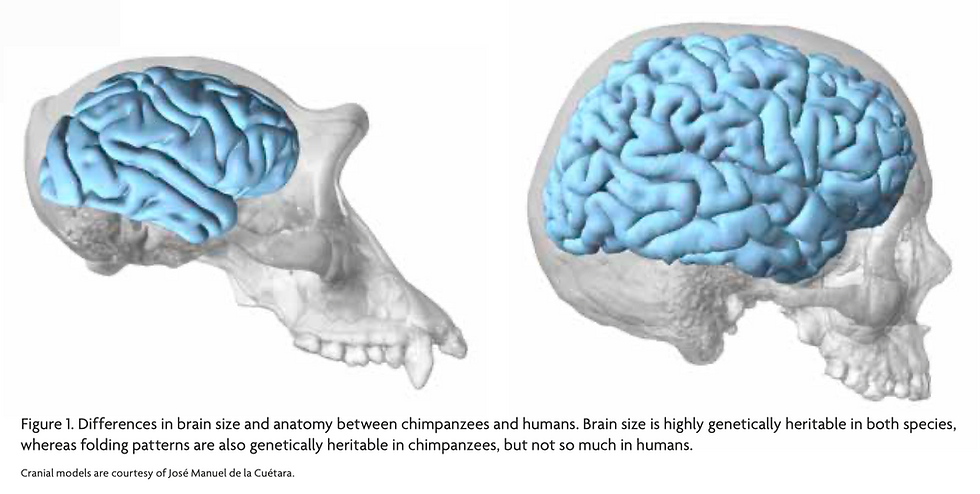Category Knowledge and Knowledge Representation
- Wu, Bozhi

- Oct 29, 2019
- 2 min read

Reading:
Smith, E. E., & Kosslyn, S. M. (2007). Representation and knowledge in long-term memory
Following the discussion on the categorization of daily objects in my last essay and combining with multiple insights that I have gained from Edward E. Smith and Stephen M. Kosslyn’s article, I would like to briefly share some of my thoughts and list several bullet points on the topic of knowledge representation and knowledge categorization in general.
Evolution has shaped our minds to focus on the meaningful features present in the environment. As a result, we have evolved specialized feature-detectors, and different regions of the brain are “designed” to deal with information of various modalities. And most importantly, those pieces of information from different modalities do not stay independent with each other. Instead, they are converged and integrated in the “convergence zone” or the “association area.” Researches on knowledge representation have shown how our knowledge of objects involves a wonderful interweaving mixture of all different modalities. (For instance, one study has demonstrated how motor regions of the brain are activated when viewing an image of a hammer.) This is probably a useful way of manipulating and organizing information to help us better deal with daily interactions with objects.
From the results of multiple experiments, and of course from our introspection, we are amazed by our ability to form mental representations of daily objects in our mind. And importantly, we can imagine things that do not exist in the world and seemingly combine multiple features together to form this mental image (e.g. imagine a purple cow). However, what will be the difference between the brain imagining a purple cow vs. a blue cow? Assuming the existence of a one-to-one mapping relationship between mental states and brain states (likely to be true based on modern neuroscience), we can conclude there must be certain differences in the activation pattern of neurons. Probably the two mental representations will rely on different neurons in the visual cortices and association areas.

How do we form a category knowledge in our minds? When viewing a novel object, how do we unconsciously decide which category it should belong to and what criteria have been implemented? I am personally thinking about applying the Bayesian updating model to this scenario, with every incoming novel object (token) being treated as a new data point and contributing to our overall expectation or knowledge (posterior distribution) of the prototype (type). As defined in the article, a prototype “simply specifies what properties are most likely to be true of a category.” Potentially, with every input, we update our mental prototype and change the weight of the relative importance of different properties presented in the tokens in that category. And this Bayesian updating process is probably entirely automatic and unconscious in nature, as suggested in the builder-digger experiment introduced in Smith and Kosslyn’s article.







Comments